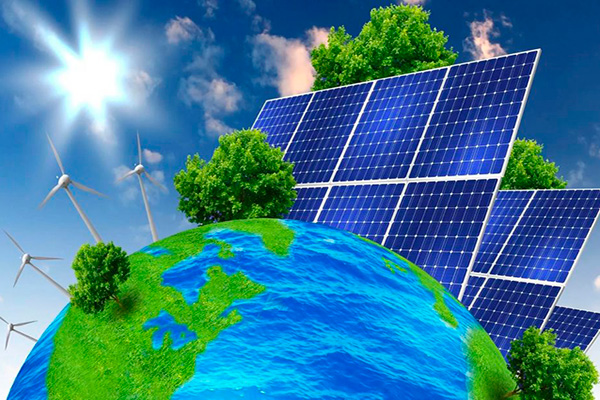
Uzbekistan Emerges as Central Asia’s Leader in Green Energy, Attracting US$6 Billion in Investments
Uzbekistan Emerges as Central Asia’s Leader in Green Energy, Attracting US$6 Billion in Investments
Tashkent, Uzbekistan (UzDaily.com) — Uzbekistan is rapidly solidifying its position as a regional leader in renewable energy development, setting ambitious goals and attracting billions of dollars in international investment amid rapidly growing domestic demand, according to a new PwC report, “Reshaping Energy in Eurasia: Insights from Kazakhstan and Uzbekistan.”
The country aims to achieve a 40% share of renewable energy in its power mix by 2030, significantly ahead of neighboring states. Installed renewable capacities are projected to reach 15–25 gigawatts by 2030.
Rising electricity consumption, expected to double in the coming years, creates an urgent need to accelerate the construction of new generation facilities. PwC notes that the region is actively moving toward more sustainable, inclusive, and reliable energy systems.
Investment Inflows and Market Reforms
Uzbekistan’s strategic shift has already attracted substantial foreign investment, with total renewable energy project funding estimated at approximately US$6 billion. Major investors include the European Bank for Reconstruction and Development (EBRD), the World Bank, and the International Finance Corporation (IFC).
International companies are actively developing solar and wind capacities in the country. Masdar is implementing the Zarafshan Wind Farm (500 MW) and the Nur Navoi Solar Power Plant (100 MW), while Saudi-based ACWA Power plans the Bash Wind Farm (500 MW).
The government is supporting investments through market reforms aimed at modernizing the sector and attracting private participation. In August 2024, the Electricity Law and the Energy Saving Law were adopted, creating a unified legal framework, introducing energy audits for large consumers, and promoting the concept of an independent market operator.
To support green financing, PwC, together with the World Bank, prepared an updated version of Uzbekistan’s green taxonomy.
Gas Remains Dominant, Grid Modernization Required
Despite active renewable energy development, Uzbekistan remains heavily reliant on natural gas, which currently dominates the energy sector and is expected to account for about 60% of the energy mix by 2035. The absence of an official carbon neutrality target poses a risk of continued long-term investments in fossil fuels.
Integrating new renewable generation is complicated by infrastructure and technical limitations. The electricity grid lacks flexibility and is not yet ready for sharp load fluctuations from renewables, increasing the risk of outages.
Part of the challenge is being addressed through a US$500 million Transmission Modernization Program, supported by the Asian Development Bank and the Asian Infrastructure Investment Bank.
To enhance financial sustainability for electricity producers, Uzbekistan is gradually introducing market-based pricing, starting with phased electricity tariff increases in 2023–2024 to eliminate artificially low prices that previously constrained investment.
State-owned companies are also aligning their operations with national goals. Uzbekneftegaz has committed to reducing greenhouse gas emissions by 25% by 2030 and achieving full carbon neutrality by 2050. In 2023, the company’s share of energy consumption from renewable sources increased nearly fivefold.